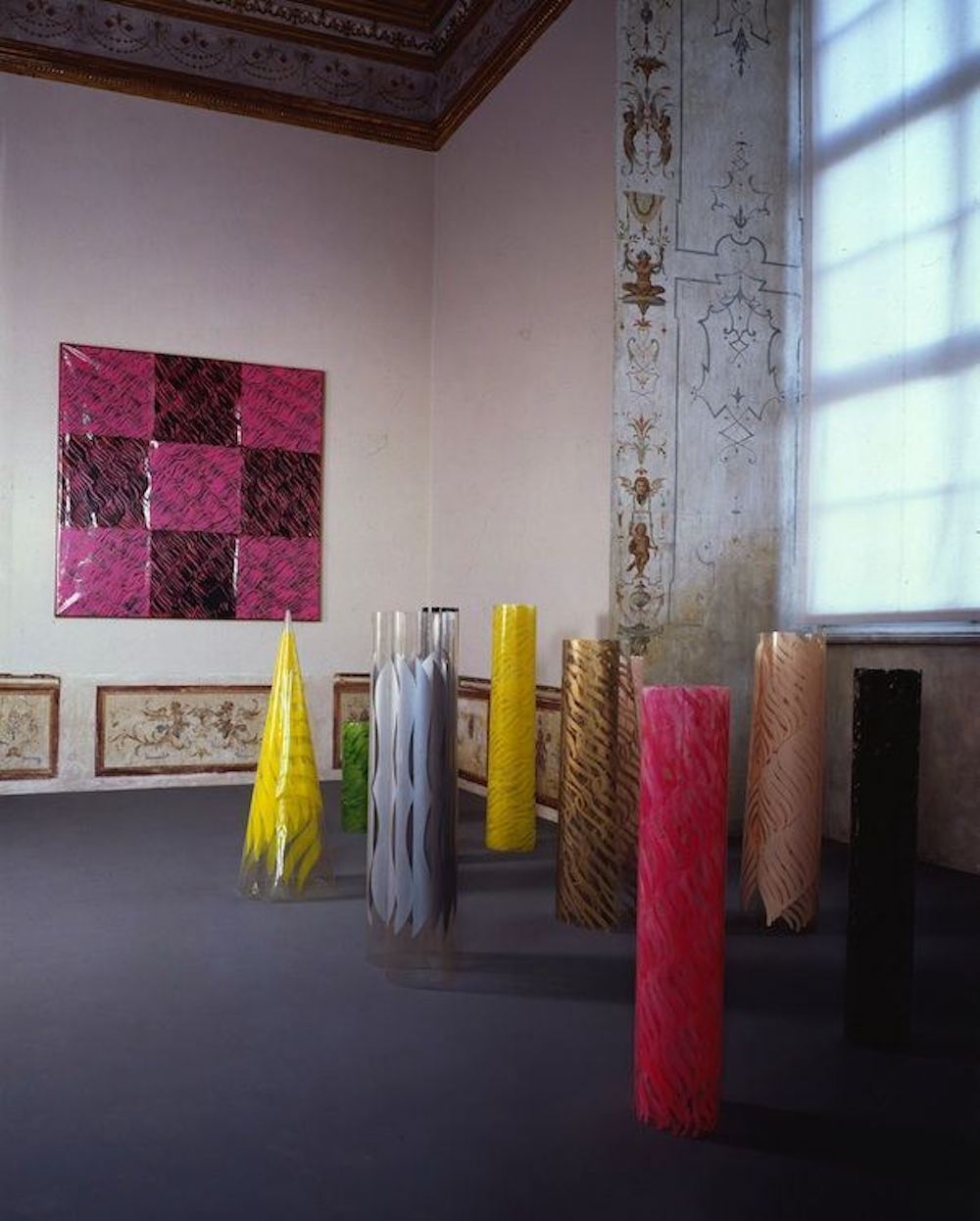Interlude - Carla Accardi at Castello di Rivoli
With many of London’s galleries finally, finally reopening next week, it’s time to draw these weekly interludes to a close. I’m very excited to get back to it, those Saturday afternoon gallery trawls.
Hopefully the experience of visiting won’t be too different to how it was before. I’ll be getting there by bike, wearing a mask, and thinking twice before picking up the (paper) press release from the front desk. I doubt having a limit on the number of people inside is going to be an issue. But, just like so much else in these crazy times, who’s to know how the new normal is going to shake out?
Since March, I’ve enjoyed picking a work from a private or permanent collection each week, from an artist I admire, and writing about it. Just the mental process of thinking about the work again, and remembering of a time in the past when I saw it for real, is a consolation; a happy nostalgic feeling, sparking the hope of doing similar in the future.

My trip to the Castello di Rivoli is one of those nice memories: a sunny afternoon in September 2017. Having missed the shuttle the museum-in-a-castle organises to take people from the centre of Turin to a small town of on the city’s outskirts, I took a bus instead. I remember the bus was crowded, and a bunch of schoolkids were loudly disgusted about somebody in a passing car eating while driving. I remember it was unseasonably warm, and the trip to the castle through the town was steeply uphill. I remember nice views back to the city. I remember, once inside, two showstoppers from Maurizio Cattelan, Him, his sculpture of a praying Hitler, and a taxidermied horse hanging from one of the castle’s high Baroque ceilings.
But for some reason my mind wanders to a quieter, less obvious set of works. Carla Accardi’s often classified with the arte povera movement. But while her male counterparts in the sixties experimented with wood, metal and mirrors, she used enamel and Sicofoil - a groovy, go-ahead plastic suited to the times. She made these charming, brightly-coloured statues, and called them Nero Rosa. They caught the light wonderfully.
Nero Rosa is in the permanent collection at the Castello di Rivoli, Turin